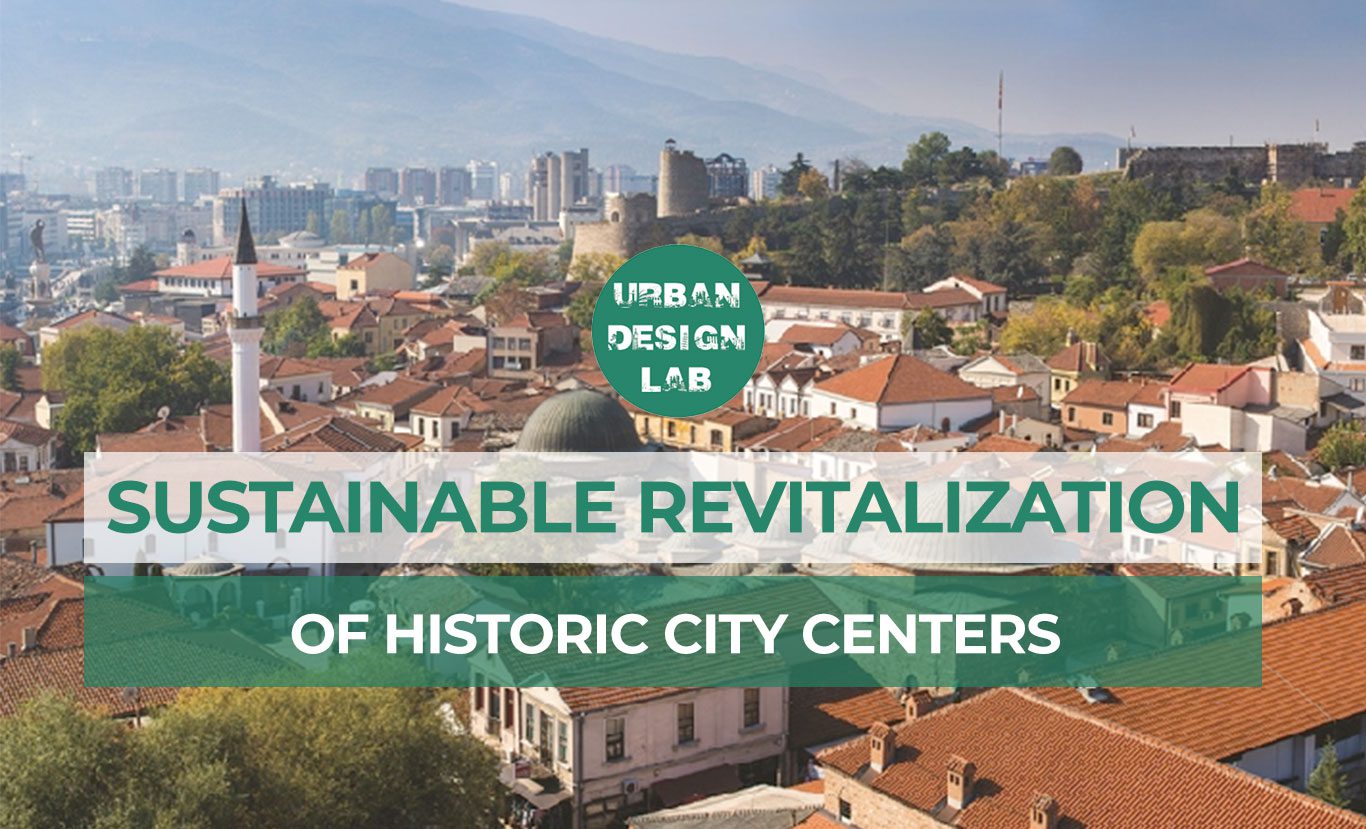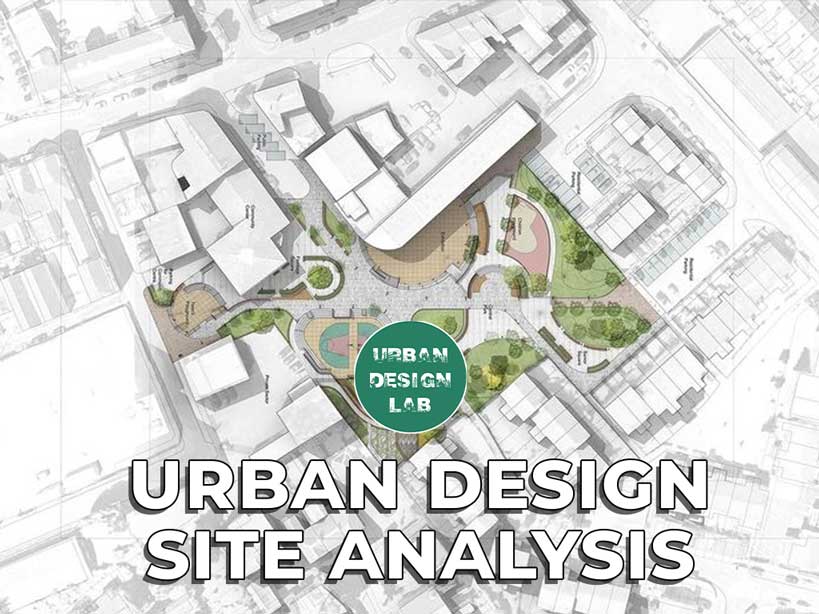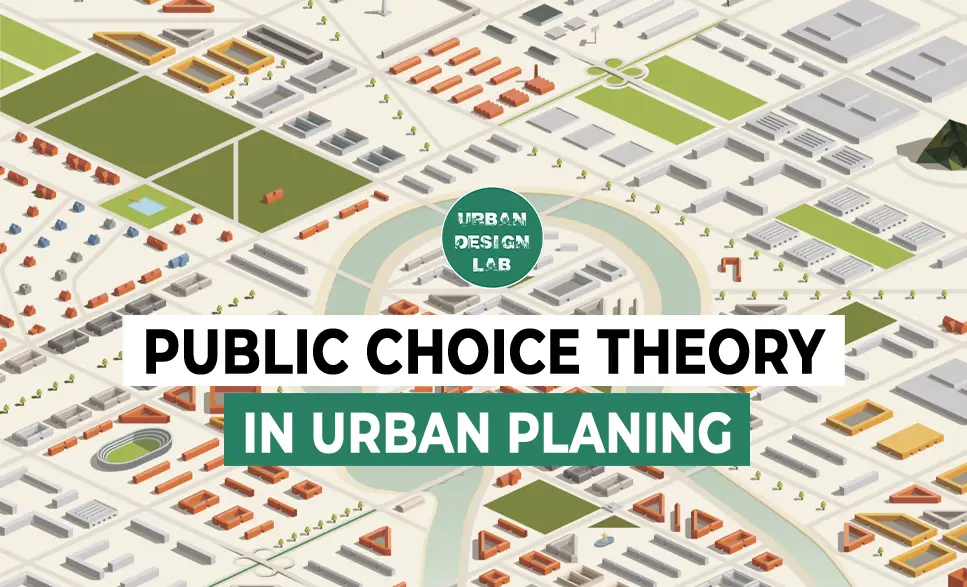
Quantitative Research Methods in Urban Planning & Design

Quantitative Research Methods in Urban Planning & Design
Urban planning and design play a pivotal role in shaping the built environment that surrounds us. To make informed decisions and create sustainable urban spaces, planners and designers require a robust foundation in research methodologies. Quantitative research methods are an important part of these approaches because they can be used to gather, analyze, and make sense of data. This article goes into detail about quantitative study methods in urban planning and design, focusing on how they can be used, what they can do for you, and what you should think about when it comes to ethics.

Understanding Quantitative Research in Urban Planning
Quantitative analysis is the process of using numbers to find patterns, trends, and connections. In urban planning and design, quantitative study methods provide a structured way to look at things like population density, transportation systems, land use, economic indicators, and the way people interact with each other. These methods help people make better choices by showing how hypotheses and assumptions are supported or disproved by real-world evidence.
A thorough quantitative research course in urban planning starts with learning how to use simple descriptive statistics. This means knowing measures of central tendency (mean, median, mode) and dispersion (range, variance, standard deviation). With this information, urban planners and designers will be able to summarize and explain complicated information more clearly.

Analytic Techniques in Urban Planning
A key aspect of the course is introducing urban planning professionals to various analytic techniques applicable to their field. This includes techniques such as z-tests, t-tests, ANOVA (Analysis of Variance), chi-square tests, correlation, and multivariate regression. These techniques enable researchers to draw inferences, test hypotheses, and identify statistically significant relationships among variables.
For instance, ANOVA can be instrumental in understanding differences in means among multiple groups, aiding in the comparison of urban development indicators across different neighborhoods or cities. Correlation analysis can help uncover the degree of association between variables, providing insights into relationships between factors like income levels and access to public amenities.
Representation of Quantitative Data in Urban Planning
In order to make informed decisions, complex quantitative data must often be represented visually in urban planning. In order to effectively communicate with stakeholders, politicians, and the general public, visualizations like graphs, maps, and charts are important. These visuals aid in making data more approachable and comprehensible, which in turn helps with discussions and the creation of plans.

Strengths and Weaknesses of Quantitative Analysis
While there are many advantages to using quantitative research methods, there are also certain drawbacks that must be recognized.
Strengths of Quantitative Analysis in Urban Planning:
- Objectivity and Reproducibility: Quantitative analysis provides an objective and standardized approach to data interpretation. The use of numerical data and statistical methods ensures that findings can be replicated by other researchers, enhancing the credibility of results. In urban planning, this objectivity is crucial for making unbiased decisions that affect communities and stakeholders.
- Precision and Generalization: Quantitative methods enable precise measurement and quantification of variables, leading to accurate insights. The ability to generalize findings to larger populations enhances the applicability of research outcomes. For instance, urban planners can use quantitative data to estimate the impact of a policy change across an entire city or region.
- Identifying Causal Relationships: Quantitative analysis allows researchers to establish causal relationships between variables. Through techniques like regression analysis, urban planners can determine how changes in one factor (e.g., public transportation accessibility) affect another (e.g., property values). This information is vital for crafting effective policies and interventions.
- Data-Driven Decision Making: The data-driven nature of quantitative analysis equips urban planners with evidence that supports decision-making processes. Policymakers can rely on statistically significant results to justify resource allocation, infrastructure development, and social programs. This leads to more informed and transparent governance.
- Comparative Analysis: Quantitative methods facilitate comparative analysis across different scenarios or time periods. Urban planners can compare trends, patterns, and outcomes across neighborhoods, cities, or even countries. Such comparisons unveil disparities and successes, guiding interventions for equitable urban development.
Weaknesses of Quantitative Analysis in Urban Planning:
- Simplification of Complex Phenomena: Quantitative analysis often requires simplification of complex urban phenomena into measurable variables. This may overlook intricate contextual nuances that shape urban experiences and outcomes. Factors like cultural influences or qualitative aspects might be missed, leading to an incomplete understanding.
- Limited Contextual Understanding: Quantitative analysis might provide statistical relationships without offering a deeper understanding of why those relationships exist. It lacks the ability to capture the intricate context that qualitative methods can provide, potentially leading to misguided interpretations.
- Dependency on Data Quality: The accuracy and reliability of quantitative results heavily rely on the quality of data collected. Inaccurate or incomplete data can lead to flawed conclusions and decisions. Urban planners must ensure that data sources are trustworthy and comprehensive to avoid misleading outcomes.
- Assumption of Linearity: Many quantitative methods assume linear relationships between variables, which may not accurately represent complex urban systems. Urban environments are often characterized by non-linear and interconnected dynamics that traditional quantitative models might not capture adequately.
- Ethical Considerations and Bias: The quantitative analysis can inadvertently perpetuate biases present in the data collection process or assumptions made during analysis. In urban planning, where decisions impact diverse communities, the potential for reinforcing inequalities or underrepresenting marginalized voices should be acknowledged and mitigated.
Ethics and Epistemology in Quantitative Urban Research
Epistemology, which is also called “the philosophy of knowledge,” is the basic framework that helps us understand how claims are verified and how the truth is found. In the complicated world of urban planning and design, where making well-informed choices is of the utmost importance, epistemology becomes even more important. It is a lighthouse that helps professionals find their way through the maze of substantiation. It urges them to realize that claims are not random statements, but rather carefully made buildings built on the solid ground of rigorous evidence analysis.
Epistemology, the study of knowledge and how it’s acquired, helps urban planners and designers recognize the different forms of evidence that contribute to claims. This involves understanding the reliability and validity of data sources and methodologies used. As urban planners and designers, being critical consumers of quantitative information is vital to ensuring that claims are credible and well-founded.

Conclusion:
Quantitative research methods serve as a cornerstone in the toolkit of urban planners and designers. With their ability to provide empirical evidence, reveal trends, and support decision-making, these methods contribute significantly to creating livable, sustainable, and equitable urban environments. A comprehensive course in quantitative research methods equips professionals with the skills to apply these techniques effectively, while also fostering an understanding of the ethical implications and epistemological foundations of claim-making. As urban landscapes continue to evolve, the integration of quantitative analysis remains pivotal in shaping the cities of tomorrow.

Urban Design Lab
About the Author
This is the admin account of Urban Design Lab. This account publishes articles written by team members, contributions from guest writers, and other occasional submissions. Please feel free to contact us if you have any questions or comments.
Related articles



Micro-Mobility and Modular Design in Urban Living


Rethinking Urban Planning Careers in India

5-Days UDL GIS
Masterclass
GIS Made Easy – Learn to Map, Analyse, and Transform Urban Futures
Session Dates
14th-18th July 2025

Free E-Book
From thesis to Portfolio
A Guide to Convert Academic Work into a Professional Portfolio”
Recent Posts
- Article Posted:
- Article Posted:
- Article Posted:
- Article Posted:
- Article Posted:
- Article Posted:
- Article Posted:
- Article Posted:
- Article Posted:
- Article Posted:
- Article Posted:
- Article Posted:
- Article Posted:
- Article Posted:
- Article Posted:
Sign up for our Newsletter
“Let’s explore the new avenues of Urban environment together “















































